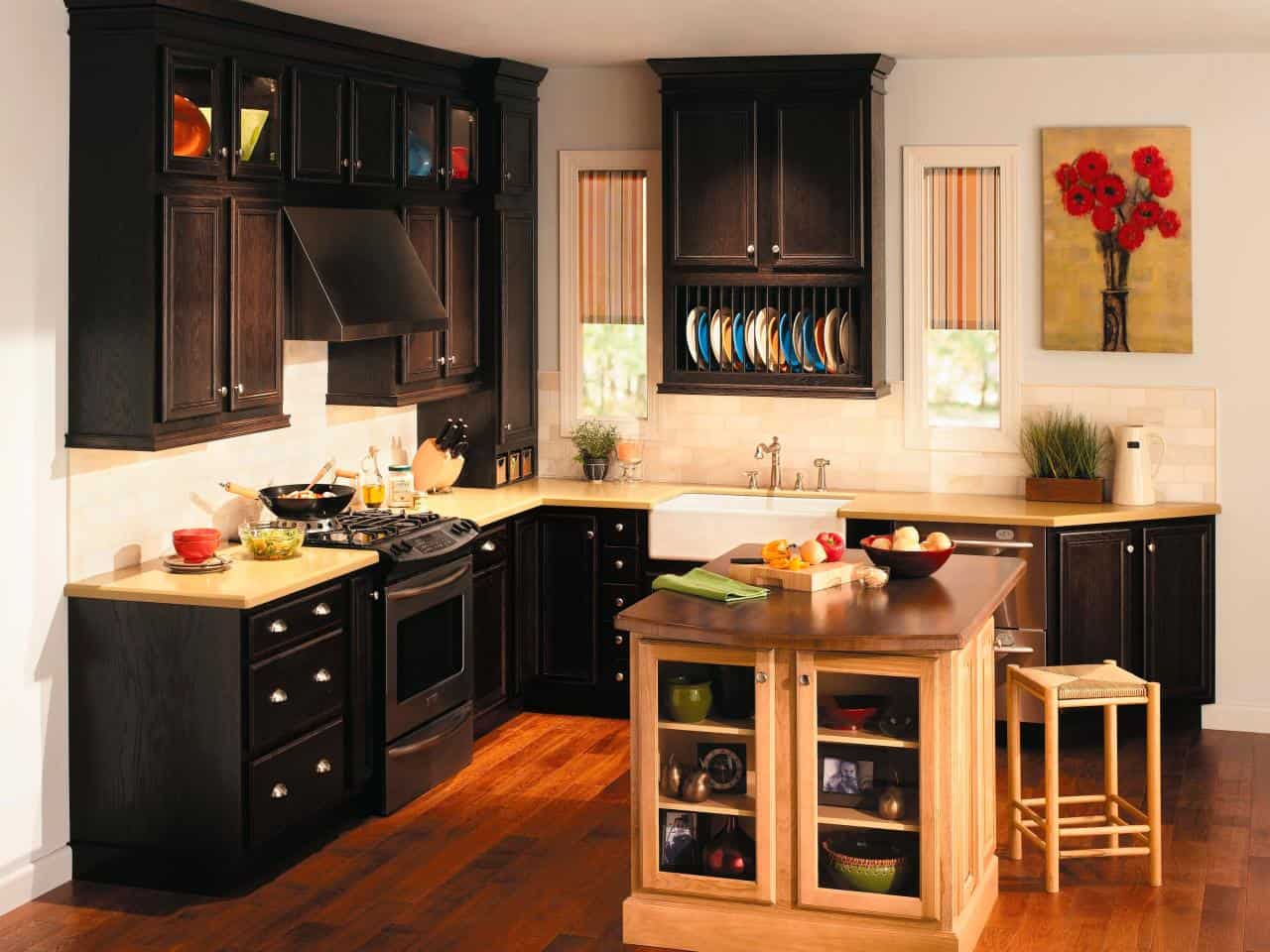DOOR HINGES
Loose pin door hinges are specifled as left or right hand door hinges. The hand of the hinge determines the direction of opening for the door.


Hinges
Hinges are used to fasten doors and lids while still allowing movement. To accomplish this, there are a variety of hinges that will handle a variety of purposes, from flush-mounted doors to overlay doors and recessed doors.
Hinges made for cabinet doors are usually reversible and can be used to hang a door either on the left or right side of the cabinet. Many of the hinges for passage doors are not reversible, however, and you’ll need to determine the ‘hand’ of the door before purchasing your hinges. If, when standing on the outside of a passage door, the door swings away from you and to the left, it takes a left-hand hinge. A swing to the right would indicate right-hand hinges. However, if the door opens toward you and to the left, it’s considered a reverse door and would take right-hand hinges, or left-hand hinges should the door swing toward you and to the right.
The basic butt hinge is the one most of us are familiar with. This type of hinge is reversible, therefore it can be used with both right and left-hand doors. The pin is fastened permanently to the hinge, making it impossible to take the hinge apart and making the hinge reversible, since the pin won’t fall out when turned upside down. If you want to remove a door fastened with butt hinges, you’ll need to unscrew the hinge from the door or jamb.
A loose-pin hinge is not reversible and the ‘hand’ of the door has to be considered before fastening the hinge. In this type of hinge, one hinge leaf has two knuckles, the other three, which join together and are fastened by a loose pin inserted down the barrel of the knuckles. If you want to remove a door fastened with a loose-pin hinge, simply remove the pins and pull out the door.
As an alternative to the loose-pin hinge, the loose-joint hinge offers the same features, except that during removal the door is raised so that one hinge leaf clears the permanent pin fastened in the barrel of the other hinge leaf.
The rising butt hinge is another hinge that cannot be taken apart. It offers a unique feature for doors that swing out over carpet. As the door is opened, the barrel of the hinge rises slightly, raising the door to allow free movement over the carpet.
Ball-bearing hinges are similar to butt hinges in that they can’t be taken apart, but the knuckles of these hinges contain permanently lubricated ball bearings, which makes this type of hinge ideal for use on heavy doors.
The above hinges are the basic types for door installation. They are used mainly for passage doors, although in smaller sizes they do have some applications for cabinet doors. However, cabinet doors offer the options of being mounted as overlay doors, flush doors or recessed doors with concealed hinges, partially concealed hinges or full-view decorative hinges.
Knuckle hinges and flush-door hinges offer concealment of the hinge except for the knuckle or barrel.
There are several kinds of decorative hinges that can be used when the hinge is part of the design of the cabinet. Many of these are of the butt hinge type, but there are some available that offer partial concealment. One hinge leaf is attached behind the door, while a small decorative hinge leaf is attached to the stile of the cabinet frame.
With the trend toward European cabinets in kitchens comes the trend toward concealed hinges. No face frame is necessary for the European cabinet, since the hinge is recessed both into the cabinet door and into the interior side of the cabinet. Other types of European hinges offer various opening positions for the door.
Although lids can be fastened with regular butt hinges, a long heavy lid is usually hinged by the piano, or continuous, hinge. This hinge comes in lengths up to 213cm (84m) and is screwed into place through a series of screw holes placed at 5cm (2in) intervals.
